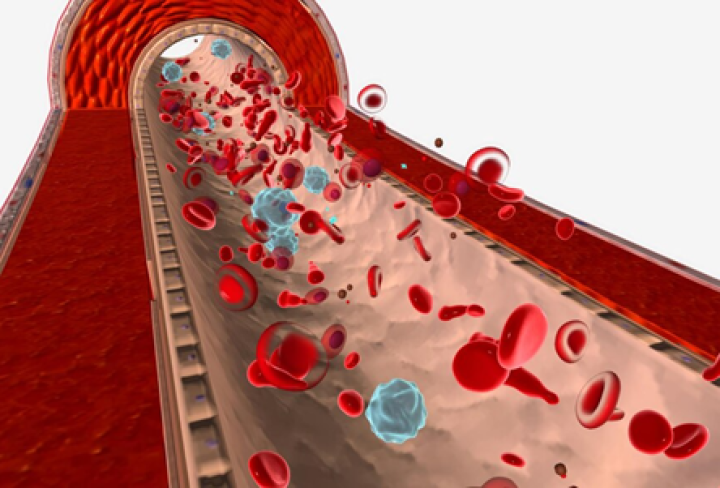Cardiovascular disease remains a leading cause of morbidity and mortality worldwide, demanding innovative treatments that offer safety, efficacy, and better patient outcomes.
Among the most promising advancements is Intravascular Lithotripsy (IVL), a revolutionary approach for patients with coronary artery disease characterized by calcified artery blockages.
Calcification in the coronary arteries complicates standard treatments like angioplasty and stenting because the rigid calcium deposits can be difficult to bypass or treat with conventional methods.
This rigidity increases the risk of arterial injury and other complications during interventions.
Enter Intravascular Lithotripsy, a technique that has transformed the treatment landscape by using sonic pressure waves to safely break up these calcifications.
How IVL Works
The procedure for IVL is straightforward yet profoundly effective. A surgeon makes a small incision in the patient’s arm or leg and inserts a catheter equipped with lithotripsy emitters.
As the catheter reaches the targeted area, it emits sonic pressure waves that specifically target the calcified deposits. These waves are finely tuned to fracture the calcium without damaging the surrounding arterial tissues.
This technology is not entirely new; lithotripsy has been used for decades to treat kidney stones.
However, its adaptation for cardiac care is a significant innovation. By applying these principles to cardiovascular calcifications, IVL makes it possible to treat hardened arteries more safely and effectively than ever before.
Benefits of IVL
The benefits of IVL are manifold. Firstly, the precision of the sonic waves allows for the optimal placement of stents, leading to improved blood flow and reduced chances of complications. Unlike traditional procedures that may lead to arterial damage, IVL minimizes these risks, offering a safer alternative for patients.
Moreover, the recovery time with IVL is significantly shorter compared to traditional methods. Patients can expect a quicker return to their daily activities, an essential factor for many, especially the elderly or those with comorbidities. This method not only enhances physical health but also improves the overall quality of life.
A New Hope for Patients
For those suffering from advanced heart disease, the implications of IVL are profound. It opens a new avenue of treatment that was previously unavailable or risky for individuals with heavily calcified arteries. By offering a safer, more effective treatment option, IVL represents a new hope for improving heart health.
As we move forward, the continued development and integration of technologies like Intravascular Lithotripsy will be crucial in the battle against heart disease. For many patients, IVL could mean the difference between life and a compromised existence, heralding a new era of cardiac care that is both advanced and more compassionate.
